AIDA servicing evolving needs of the auto industry | Autocar Professional
Baua Electric
MARCH 25, 2024
Since 1917, AIDA has led the metal-forming industry as the well-known manufacturer of metal-forming systems, particularly servo and mechanical presses for various applications in the global automotive and component industries, including OEMs and Tier 1 to Tier 3 suppliers. However, collision safety cannot be overlooked either.

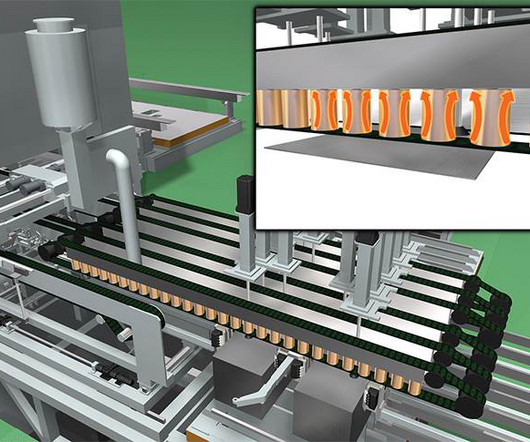

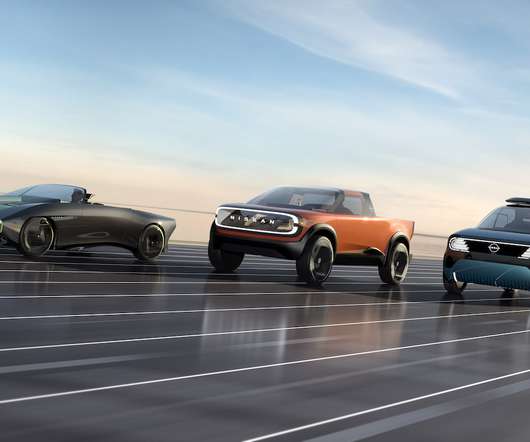
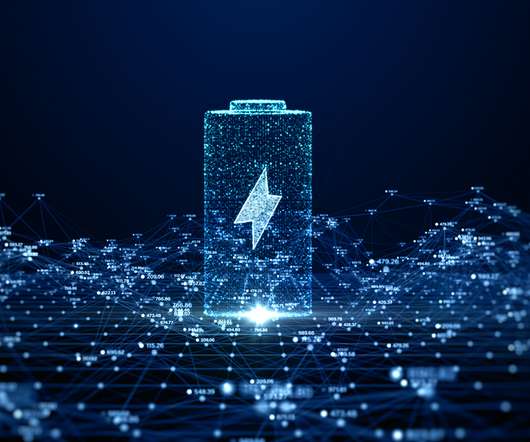

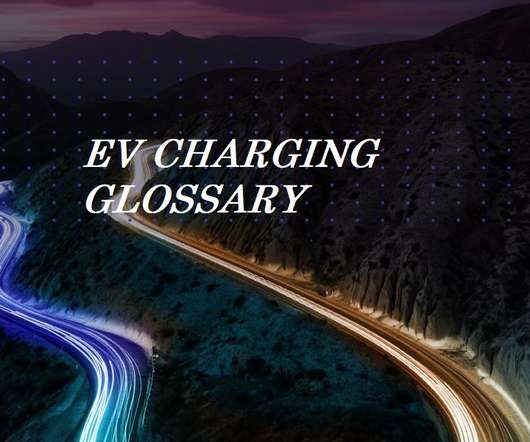
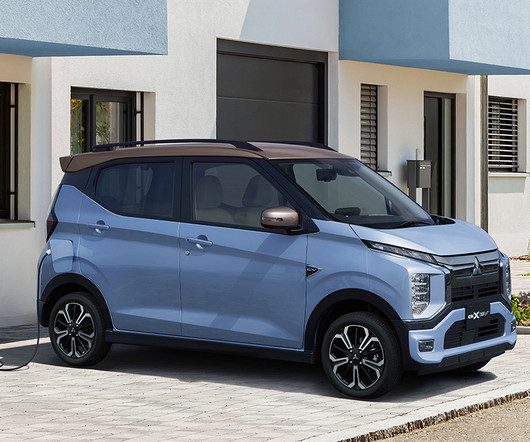



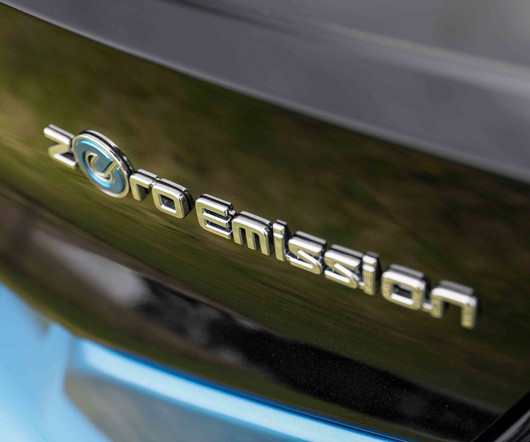

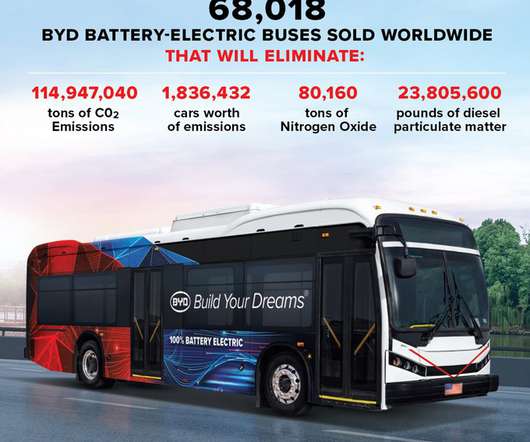
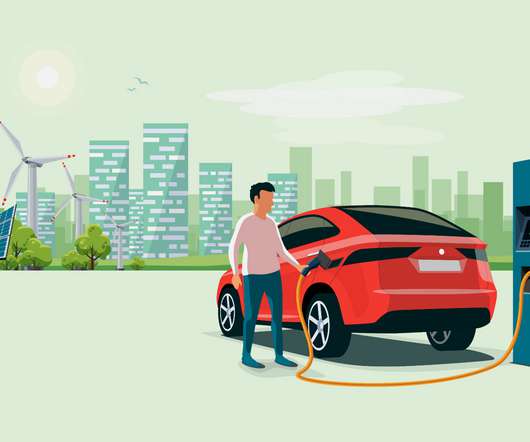
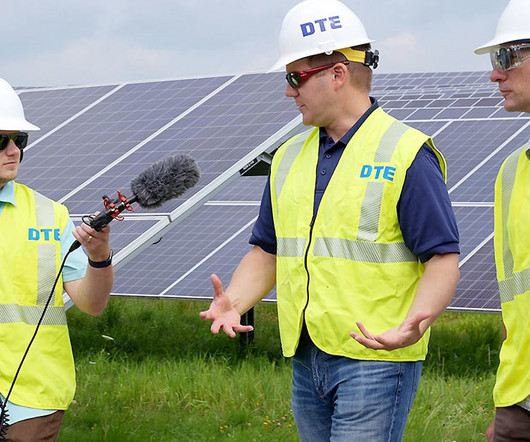


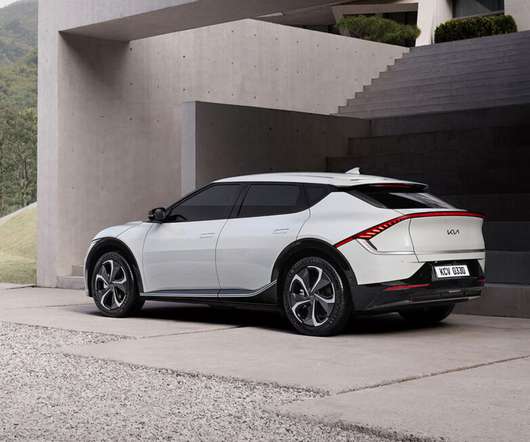

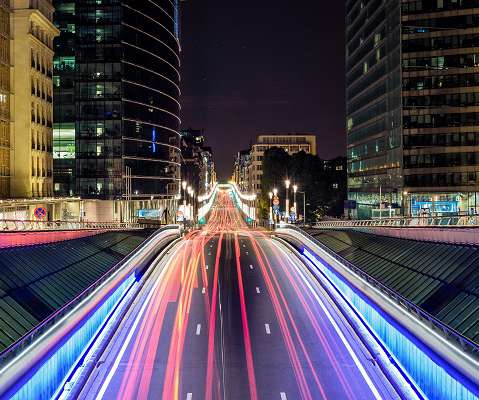






Let's personalize your content